What is a Brand Archetype?
About Brand Archetypes
If you’ve done any research on how to build a brand, you may have come across the concept of identifying a “brand archetype.” While this may sound complicated or like some fancy exercise that will cost a lot of money, it really is a sound activity that can bring you great focus and many benefits. Let’s first take a step back and understand where this practice originated from.
In the 1940s, psychiatrist Carl Jung developed the idea that in all of storytelling there are 12 standard archetypes that every character falls into. As you learn the archetypes you will be able to go back to your favorite books and movies and see how this applies. We innately know what these archetypes are because we have been exposed to them our whole lives. Even if we don’t know them by the names Jung used, we connect these dots in our minds and begin to set up expectations of what these characters will be like and how they’ll be part of the story.
As branding agencies became more aware of the benefit of applying archetypes, they learned this could be an extremely valuable tool as the brands they were creating were brought to life. By applying the qualities these archetypes were known for to how the brands walked and talked, their potential customers made the same connections and better understood what it would be like to work or partner with the brand. Simply put, brand archetypes more quickly bring clarity to how the brand is different from others competing for the same customers.
Which Brand Archetype Portray’s Your Brand?
Let’s take a look at the 12 archetypes.

1. The Caregiver
Originally called “Mother”, the name has since been changed to make this archetype appear gender-neutral. The caregiver is benevolent. They want to be there for you and the people you love. Caregiver brands are all about warmth and trust.
Caregiver brands you know: Toms Shoes, Kaiser Permanente, Johnson & Johnson
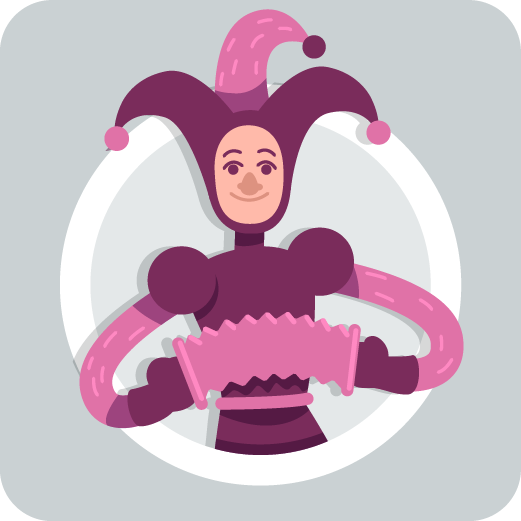
2. The Jester
Jester brands live in the moment, use outrageous imagery and often tease their customers affectionately. Brands targeted at younger people—who will appreciate the silliness—are often jesters. These brands want to make you laugh and smile.
Jester brands you know: Old Spice, Skittles, Geico
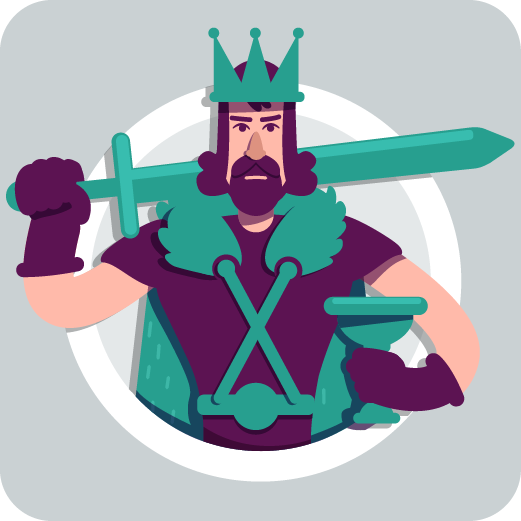
3. The Ruler
Ruler brands speak authoritatively, often spreading the idea that they are the leader in their field. Their image is solid, polished and often very masculine. A ruler brand would suffer greatly by being perceived as weak, or by having to concede defeat to a rival company publicly.
Ruler brands you know: Rolex, Gucci, Crown Royal

4. The Everyday Person
This archetype is focused on providing something so far removed from pretentiousness that it can appeal to everyone. These are the brands you’d like to grab a beer with after work.
Everyday Person brands you know: Gap, Walmart, Budweiser
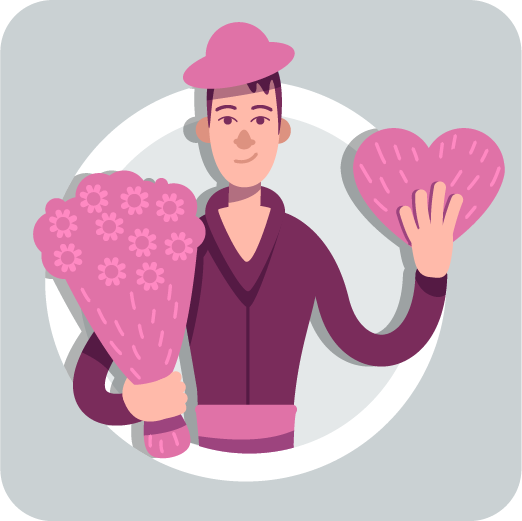
5. The Lover
Passion, pleasure, and sensuality are keys to the lover’s heart. A lover brand wants you to associate them with intimate moments in your life. What do you buy to celebrate? How do you indulge your significant other? Chances are, you’re buying from a lover brand.
Lover brands you know: Godiva Chocolates, Victoria’s Secret, Chanel
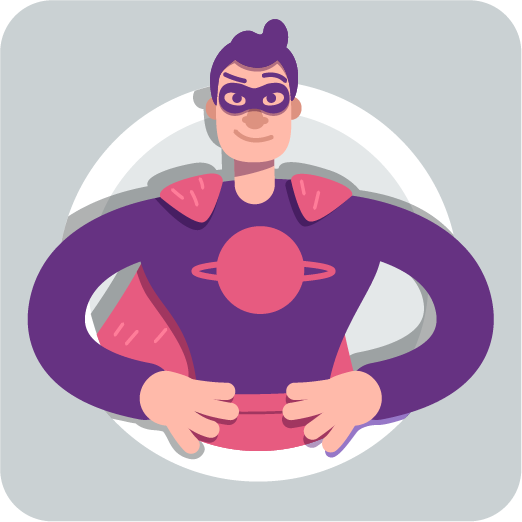
6. The Hero
The hero makes the world better by being the best. A hero brand isn’t concerned with nurturing, it’s there to challenge you. If you want to rise to the occasion, you’re going to need a hero’s help. Hero brands promote themselves as good quality and superior to their competition.
Hero brands you know: Red Bull, GoPro, Nike

7. The Outlaw
Outlaw brands position themselves as an alternative to the mainstream and make an effort to stand out. The outlaw archetype appeals to the rebel in you that cut classes in high school. Successful outlaw brands are likely to have a cult-like following.
Outlaw brands you know: Virgin Airways, MTV, Harley Davidson
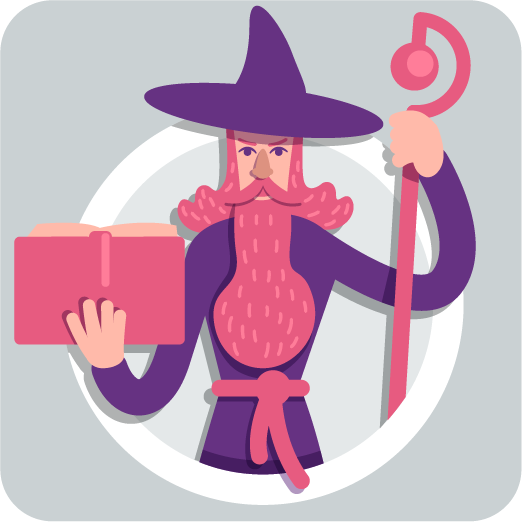
8. The Magician
The essential desire of a magician brand is to search out the fundamental laws of how things work and to apply these principles to get things done. The most typical applications of magical lore are to heal the mind, heart and body.
Magician brands you know: Apple, Lululemon, Dyson
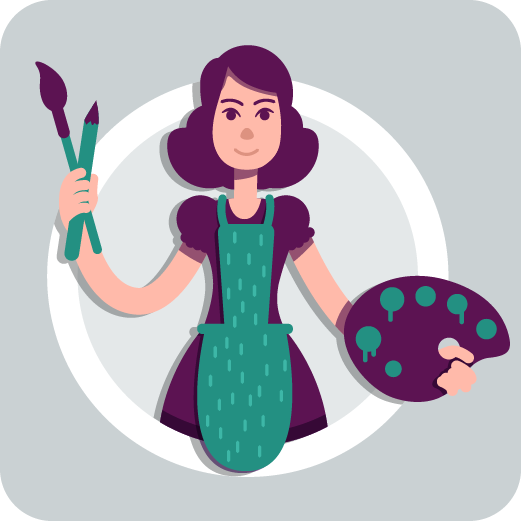
9. The Creator
A creator isn’t worried about the cost of production or making things at scale. While the magician stresses vision and imagination, a creator brand is different-–they strive to create a product you can’t live without.
Creator brands you know: Crayola, Canon, Legos
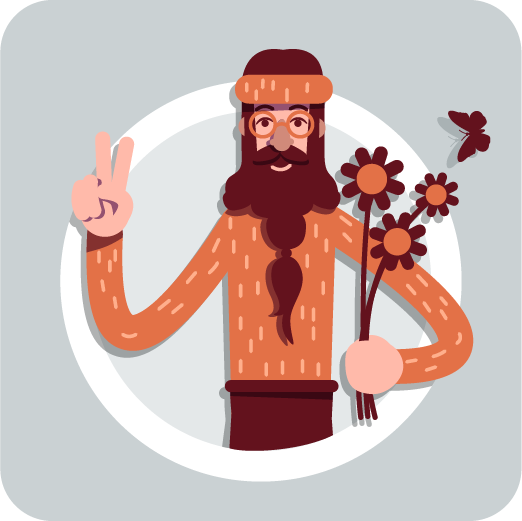
10. The Innocent
Everything is free, virtuous and content in an innocent’s world. An innocent brand will never try to guilt or convince you excessively. Instead, an innocent brand will charm you with something more powerful—pure emotion and nostalgia.
Innocent brands you know: Disney, Dove, Snuggle
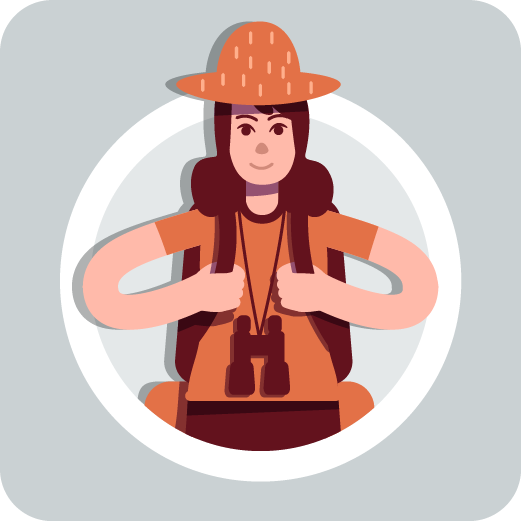
11. The Explorer
The explorer seeks out a better world. The journeys experienced are as much inside themselves as they are in the world. Explorer brands don’t like to be fenced in. They want to be able to hit the open road and be surrounded by the unknown.
Explorer brands you know: Jeep, The North Face, Land Rover
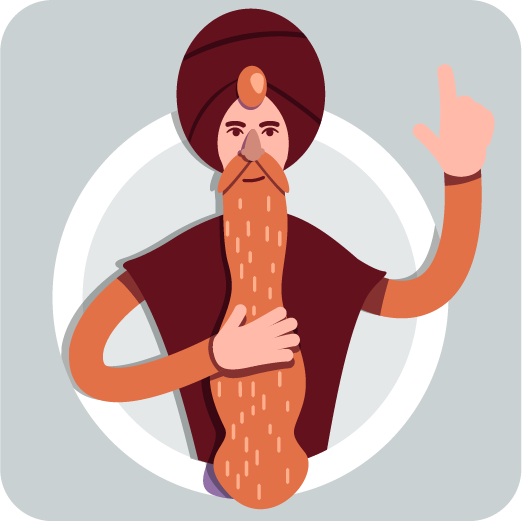
12. The Sage
A sage brand has faith in the capacity of humankind to learn and grow in ways that allow us to create a better world. They want to be free to think for themselves and to hold their own opinions.
Sage brands you know: The Discovery Channel, The New York Times, TED
Which one feels right?
As you read through those, some were definitely not a good fit, and a few brand archetypes have resonated with you. And that’s normal. There isn’t always just one brand archetype that will be a good match. The key is to pick one and stick with it, making sure you’re not aligning your brand with the archetype of one of your competitors, or an archetype that really represents your industry. As an example, we work with many organizations in the healthcare space. Every brand in the healthcare space would be very comfortable embracing The Caregiver as their brand archetype. For them to stand out, we need to help our clients decide, in a sea of caregivers, which archetype embraces how they operate differently.
So why choose an archetype?
By embracing a brand archetype you will:
- Create consistency and focus for your brand voice as you create content
- More quickly communicate your brand and what it stands for
- Inspire brand loyalty through emotional connections
- Encourage alignment between all brand stakeholders
- Allow your customers to more quickly separate your brand from your competitors
Key things to remember
While there are countless benefits to selecting a brand archetype, there are some pitfalls if you don’t make the right choice. Here are a few things to consider:
Embrace it across all marketing channels.
Shifting voice and tone between your ad, website and face-to-face communications can be confusing and off-putting for your customers.Ensure it is unique to you.
As mentioned before, embracing your industry’s brand archetype will just keep you swimming amongst your peers. And mirroring one of your competitor’s archetypes will only create confusion as you market your brand.Be sure it’s authentic to who you really are and your industry.
It may be appealing to try and act as a Jester in a highly technical or intricate niche, but if you can’t back that up or it just doesn’t make sense, then be sure to avoid this mistake.
We are here to help!
Identifying your brand archetype and how to best apply it to your brand can be complicated and confusing. If you have any questions about how to get started or would like to review your findings with us as a “gut check”, please don’t hesitate to reach out to us. You can email me directly at andy@reckonbranding.com or schedule an appointment to chat.

